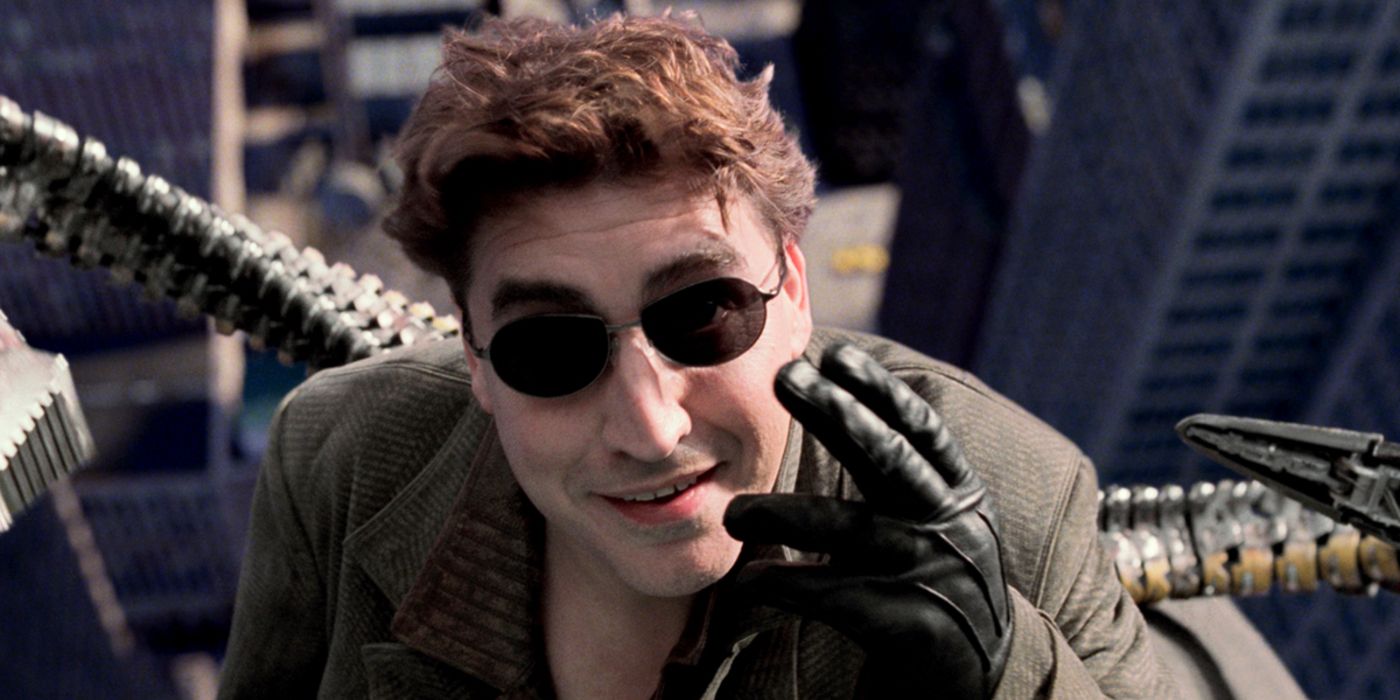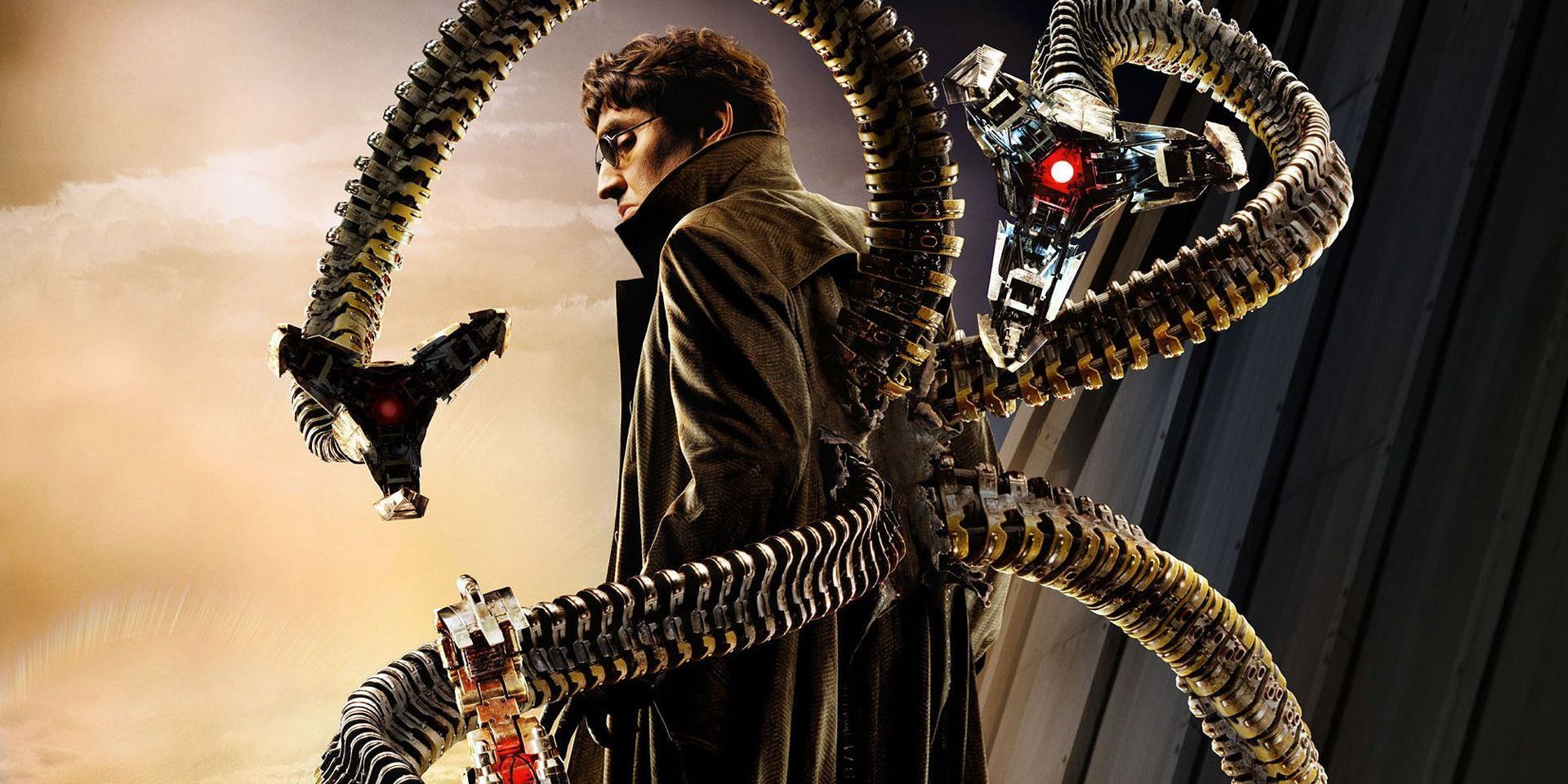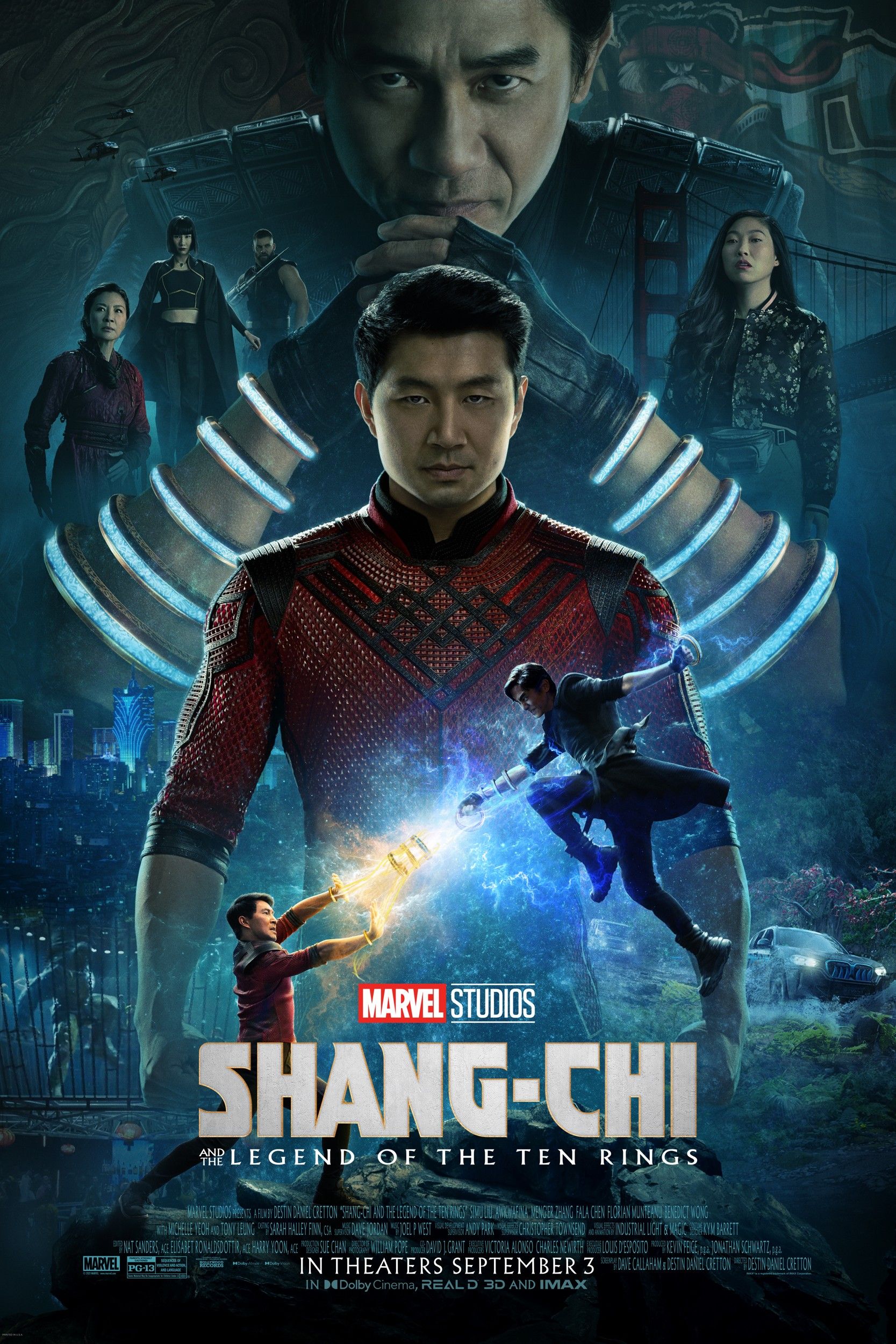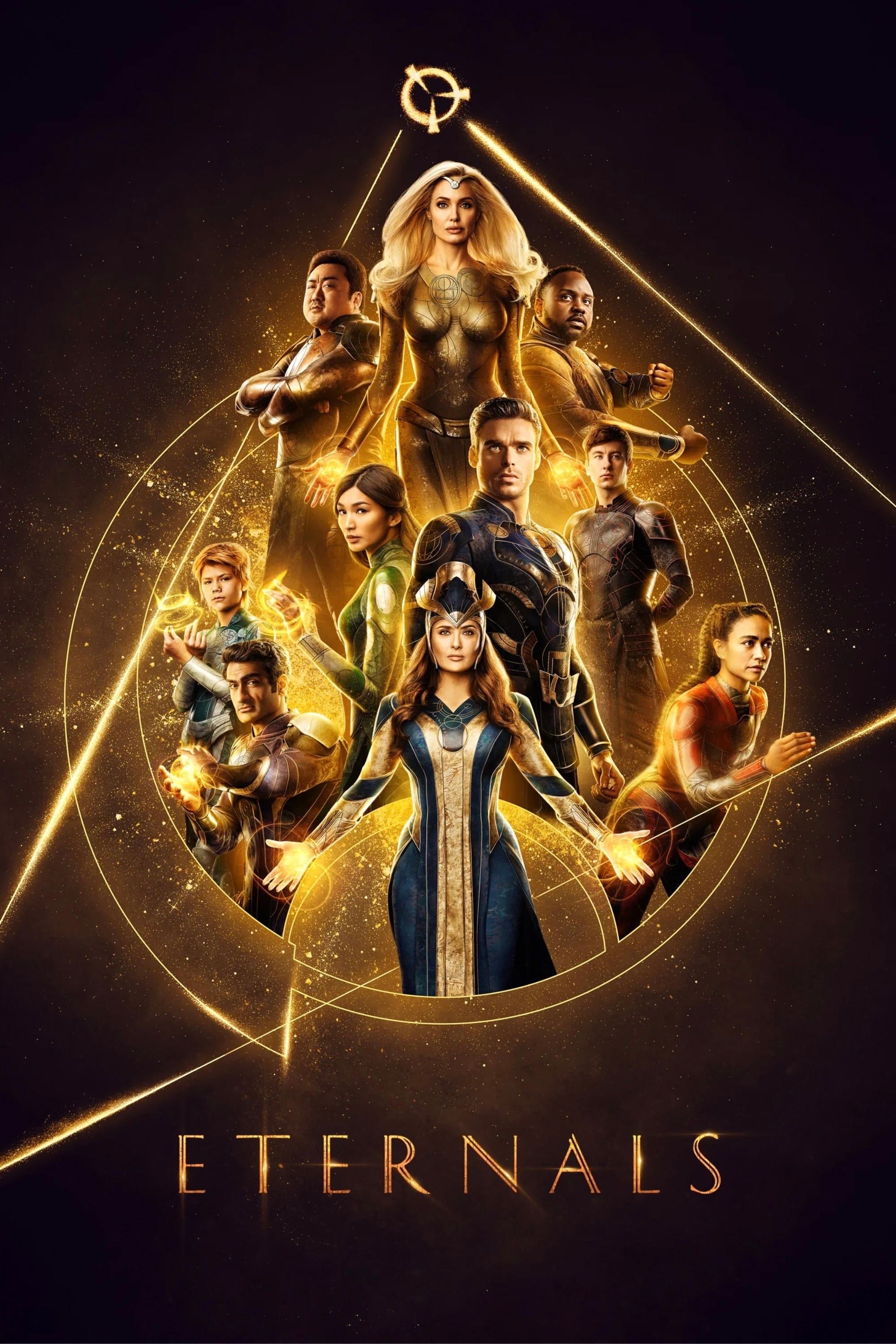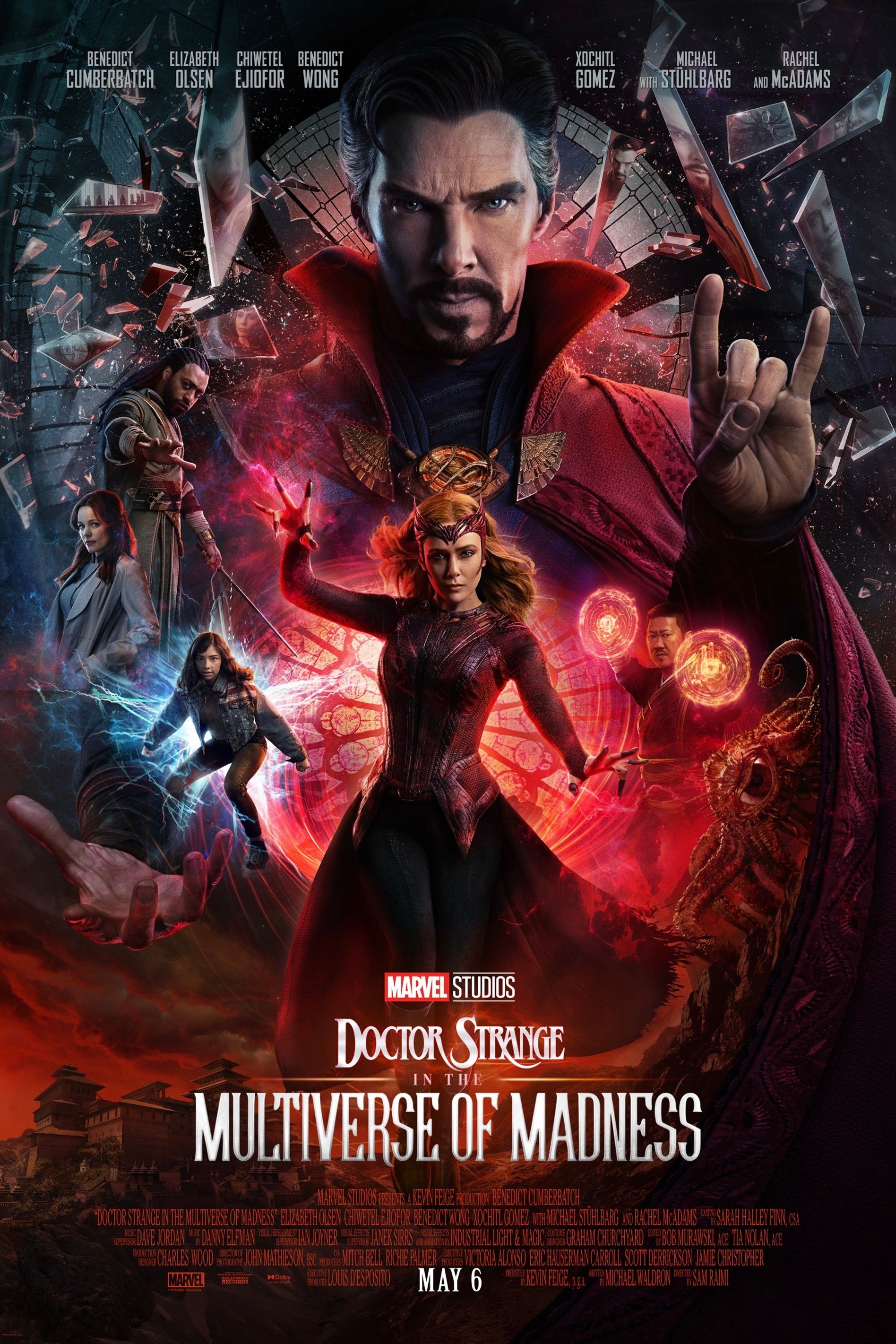Alfred Molina says Spider-Man 3 will digitally de-age him to play Doc Ock. It’s been seventeen years since Molina first played scientist-turned-supervillain Otto Octavius aka Doctor Octopus in Sam Raimi’s Spider-Man 2. Even though Octavius died at the end of that movie, the character will be brought back to menace Peter Parker again in the upcoming Spider-Man: No Way Home.
In fact Molina isn’t the only actor from an older Spider-Man series set to return in No Way Home. Jamie Foxx, who played Electro in The Amazing Spider-Man 2, is also coming back to play the same villain again. There have also been rumors that former Peter Parker actors Tobey Maguire and Andrew Garfield could return as No Way Home embraces the multiverse concept that proved so entertaining in the animated Spider-Man: Into the Spider-Verse.
Making a multiverse movie that includes various different iterations of characters is simple enough to pull off in an animated film, but things of course become more difficult in live-action, especially if older actors are being called upon to play younger versions of themselves. That’s where digital de-aging technology comes in. Speaking recently to Variety, Molina confirmed that de-aging is indeed being used so he can play Doc Ock as he would have looked immediately after the events of Spider-Man 2. Molina admits he did express concerns about his age to director Jon Watts but was quickly reassured. “He just looked at me, and said, ‘Did you see what we did to Bob Downey Jr. and Sam Jackson?'” Molina recalled. But, de-aging has its limits too, as Molina discussed, citing Martin Scorsese’s The Irishman:
“They made Robert De Niro’s face younger, but when he was fighting, he looked like an older guy. He looked like an old guy! That’s what worried me about doing it again. I don’t have the same physicality that I had 17 years ago. That’s just a fact.”
But Molina says he has one advantage over Robert De Niro when it comes to covering up the fact that his body is not in the same shape as when he was younger: Doc Ock’s tentacles. The character of Doctor Octavius of course could not hope to fight Spider-Man without his high-tech tentacles, which are created for the movies using CGI. “I then remembered that it’s the tentacles that do all the work!” Molina said of his concerns about de-aging limitations. Molina added that in playing the role of Doc Ock he really just makes a lot of scary faces while “the arms are doing all the killing and smashing and breaking.”
It remains to be seen how effective de-aging technology is in making Molina’s Doc Ock look as he did seventeen years ago. Molina correctly points out that there were issues with The Irishman in scenes where De Niro was called upon to perform physical moves that betrayed his true age. But presumably Spider-Man 3 will not see Doc Ock trying to stomp people like in a Scorsese film. As Molina also points out, the tentacles are the star of the show with Doc Ock. Audiences likely won’t have much chance to scrutinize the de-aging work in action scenes where he’s using his robotic arms to create mayhem. And any dialog scenes will not require Molina to move around much, meaning there shouldn’t be any issues with his altered physicality.
Source: Variety

